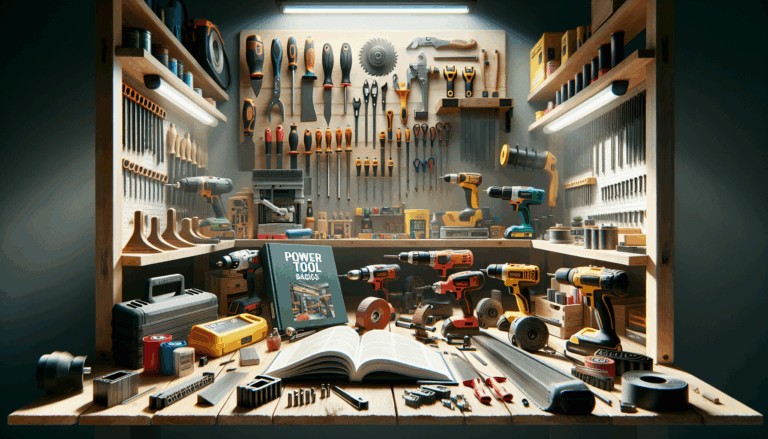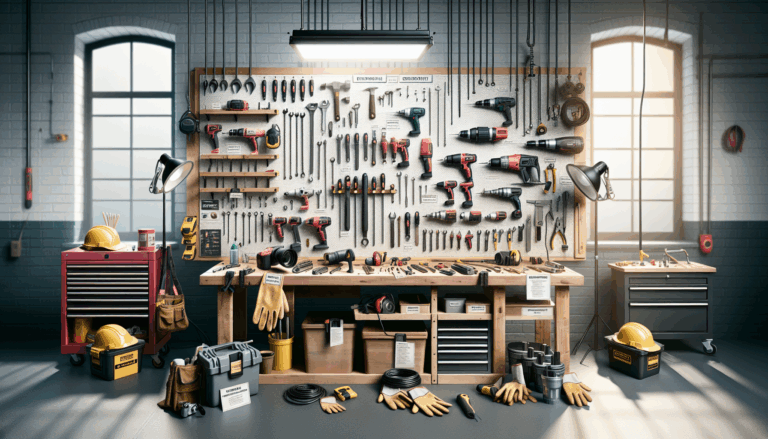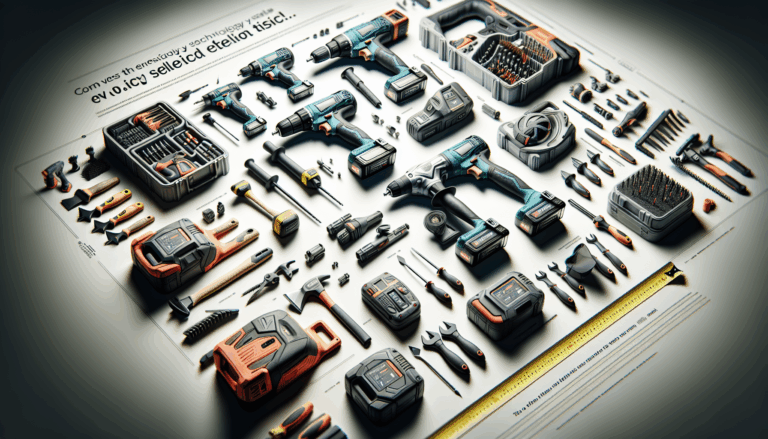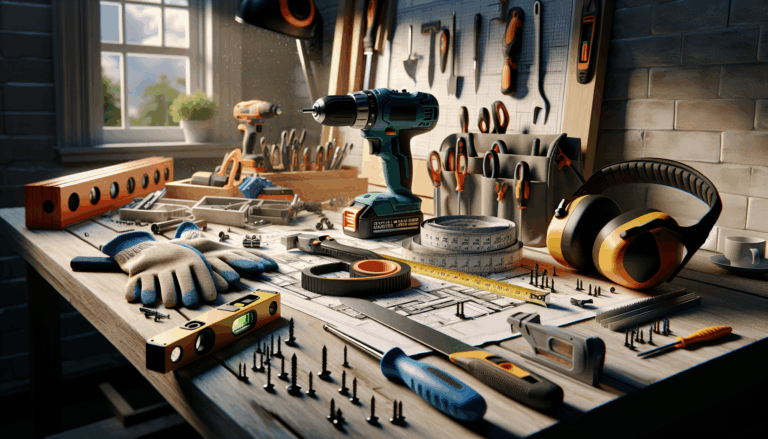What are some essential electrical tools for power tool use at home?
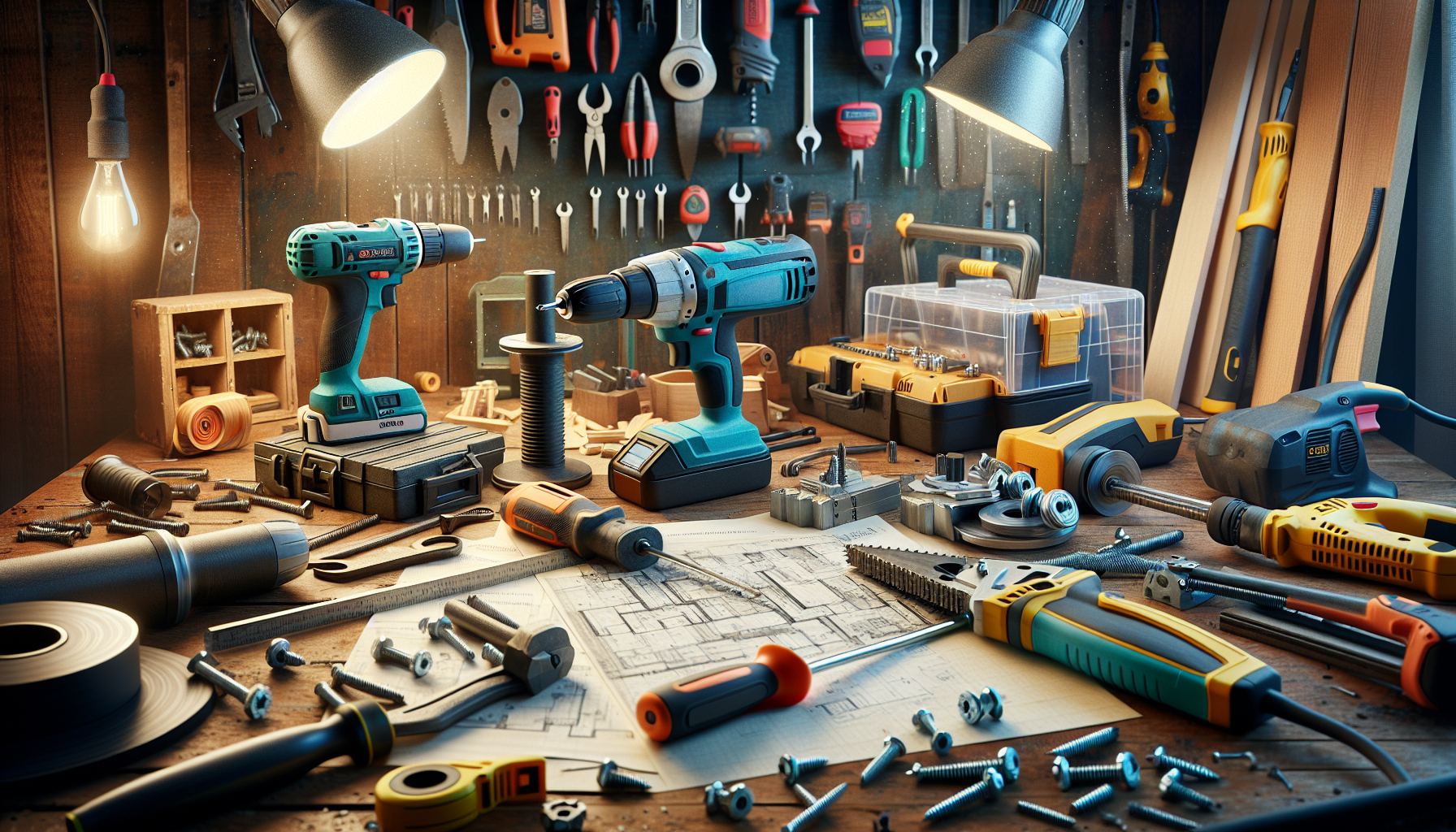
Essential Electrical Tools for DIY Projects: A Comprehensive Guide
1. The Indispensable Voltage Tester
A voltage tester is your first line of defense when working with electricity. This tool detects live circuits, preventing dangerous shocks and equipment damage. Non-contact testers use electromagnetic fields to identify voltage without direct wire contact, while probe testers offer precise readings for complex tasks. Always test your voltage tester on a known live source before use to ensure accuracy (Source: Power Tool Basics).
2. Wire Strippers: Precision for Safe Connections
Wire strippers remove insulation without damaging conductors, ensuring secure electrical joints. Key features include:
– Adjustable gauges for different wire sizes
– Built-in cutters for trimming wires
– Ergonomic handles for reduced fatigue
For best results, match the stripper’s hole size to your wire gauge and pull insulation straight off to avoid nicks (Source: Power Tool Basics).
3. Must-Have Pliers for Electrical Work
Needle-nose pliers excel in tight spaces with their:
– 6-8″ slender jaws for precise gripping
– Wire-bending capability for clean loops
– Optional side cutters for trimming
These pliers are particularly useful when installing light fixtures or working in crowded junction boxes. Always ensure power is off before manipulating wires (Source: Power Tool Basics).
4. The Multimeter: Your Diagnostic Powerhouse
This multifunctional tool measures:
– AC/DC voltage (up to 600V)
– Current (0-10A typical)
– Resistance (0-2MΩ range)
– Continuity with audible alerts
Set the dial to the appropriate function, connect the probes, and read the digital display. Multimeters prevent guesswork when troubleshooting outlets or appliances (Source: Power Tool Basics).
5. Circuit Management Tools
Circuit Breaker Finder
This two-part system (transmitter/receiver) identifies correct breakers in seconds, eliminating dangerous trial-and-error methods.
Outlet Tester
This $10 device checks for:
– Correct wiring (3-light display)
– Ground faults
– Reversed polarity
Plug it in before working on outlets to avoid hazardous conditions (Source: Power Tool Basics).
Safety Protocol Checklist
- Turn off power at the breaker
- Verify dead circuits with a voltage tester
- Wear insulated gloves and safety glasses
- Keep work area dry and well-lit
- Use fiberglass ladders (never metal) for overhead work
Sources
- Power Tool Basics – Stay Safe: The Essential Role of a Voltage Tester in Electrical Work
- Power Tool Basics – The Essential Role of Wire Strippers in Electrical Projects
- Power Tool Basics – Essential Pliers for Electrical Work: Gripping and Bending with Precision
- Power Tool Basics – Essential Electrical Tools: Your Ultimate Guide to Multimeters and More


